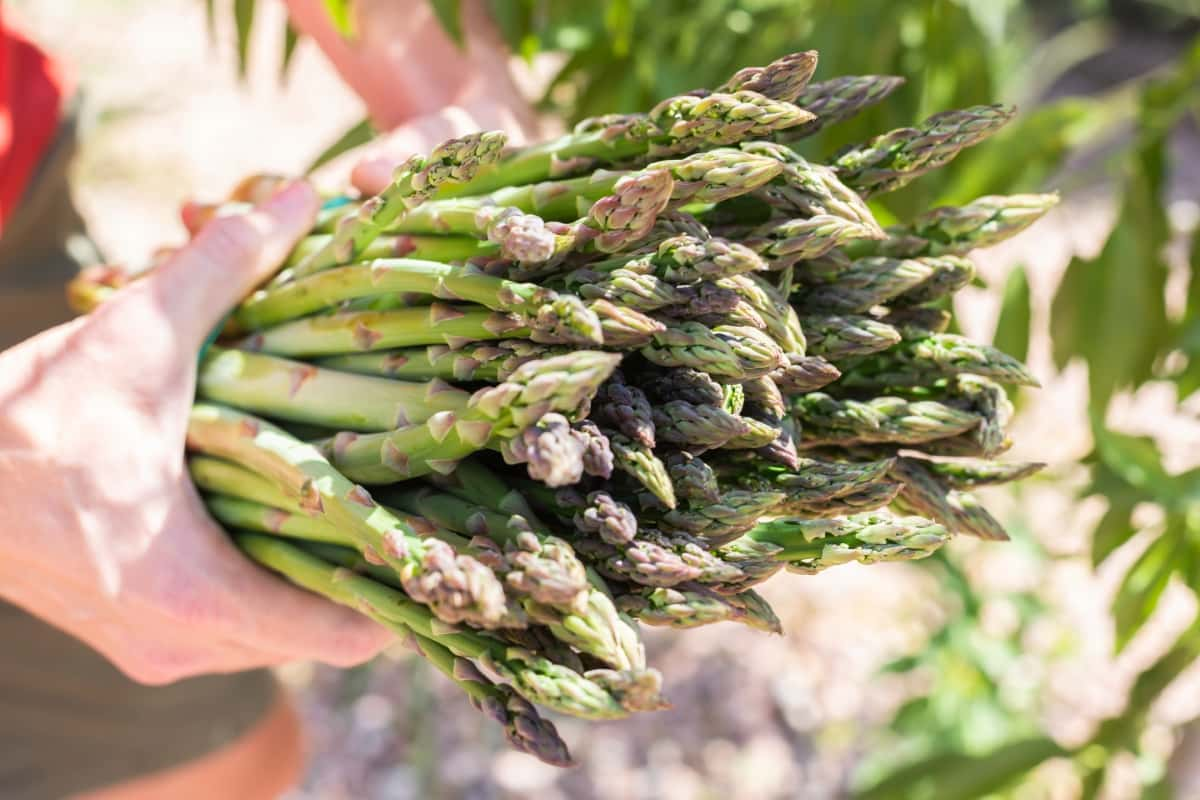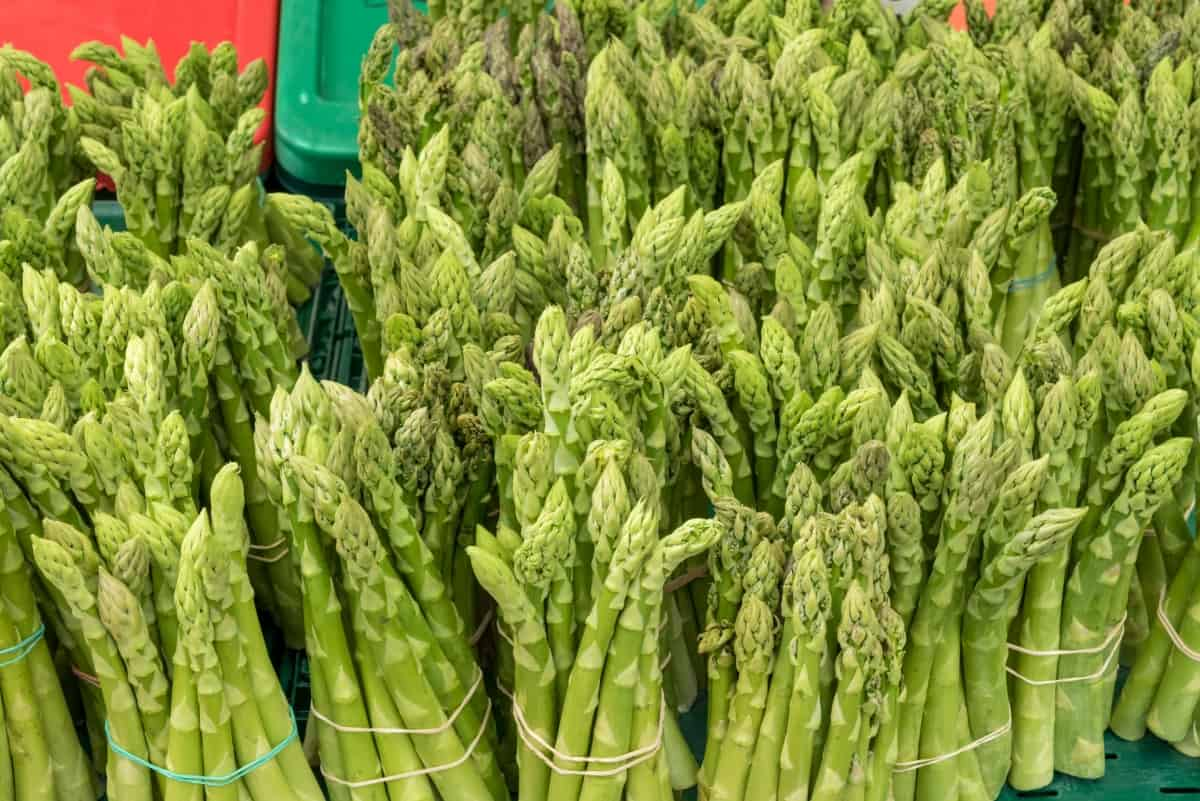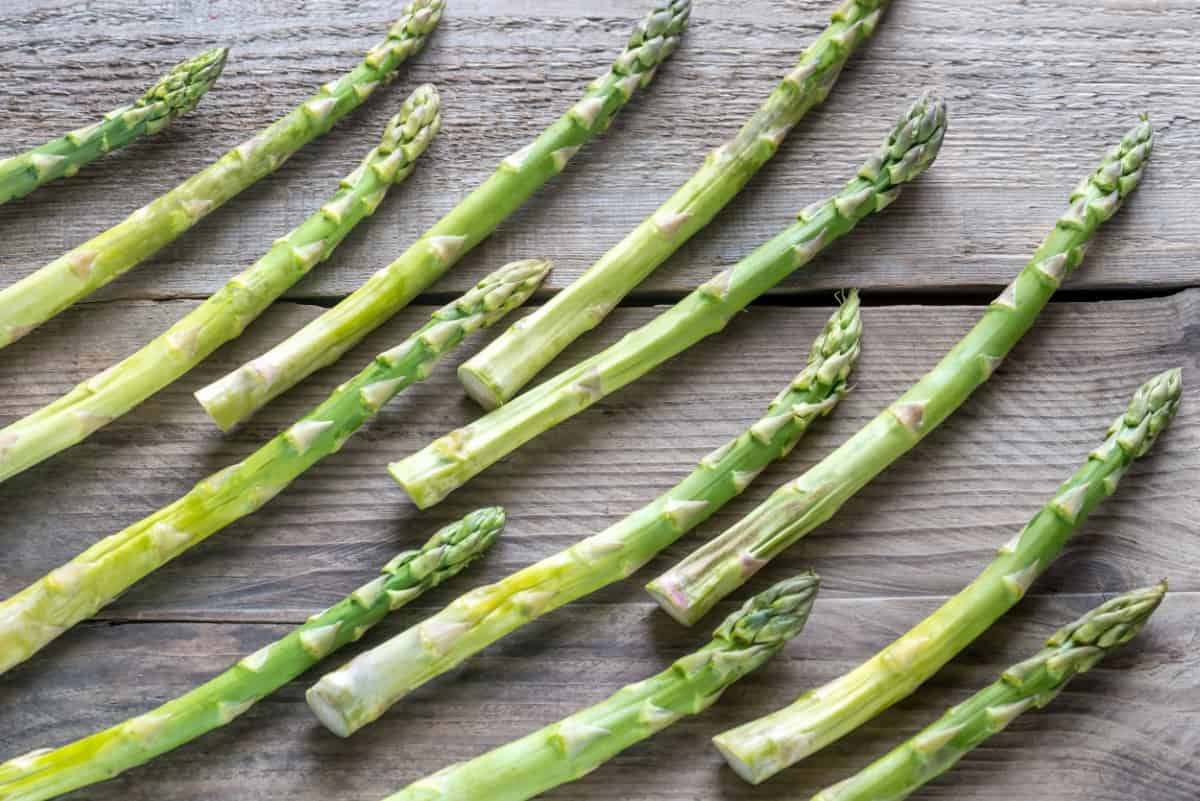Asparagus farming, with its unique growth cycle and long-term yield potential, requires a strategic approach to maximize production. From selecting the right varieties to implementing proper cultivation techniques, each step is crucial in ensuring a bountiful and sustainable asparagus yield.

How to Maximize Yields in Asparagus Farming
Understanding the Asparagus Growth Cycle
Asparagus, a perennial vegetable, offers farmers a unique opportunity in terms of crop yield and sustainability. Understanding its growth cycle is key to maximizing yields. Asparagus plants, once established, can be produced for 15-20 years. The cycle begins with planting crowns or seeds, and the first two years are crucial for root development. During this phase, asparagus plants focus on establishing a strong root system, which is essential for future yield.
The third year marks the beginning of the harvest period, where asparagus yield per plant becomes a significant focus. The growth cycle of asparagus is characterized by a dormant winter period followed by a spring growth spurt. This is when the asparagus shoots, which are the edible parts, emerge rapidly. Understanding this cycle helps farmers plan the growing of asparagus from seed and manage the asparagus growing season effectively.
Selecting the Right Asparagus Varieties
The choice of asparagus variety significantly influences the overall yield and success of the crop. Different varieties offer varying attributes in terms of yield, flavor, and disease resistance. For instance, some varieties might yield more spears per plant, enhancing the overall asparagus yield per acre.
Selecting the right variety also means considering the local climate and soil conditions, as some asparagus types are better suited to certain environments. When growing asparagus in raised beds, choosing a variety that adapts well to such conditions is crucial. The choice of variety also impacts the planting strategy, such as how deep to plant asparagus crowns, which is a key factor in ensuring a healthy and productive asparagus crop.
Optimizing Soil Conditions for Asparagus
The success of asparagus farming largely hinges on the quality of the soil. Asparagus thrives in well-drained, nutrient-rich soil. Preparing the soil correctly is a critical step. Farmers must understand how to prepare soil for asparagus, which involves ensuring the right pH level and nutrient balance. Asparagus prefers slightly acidic to neutral soil. Incorporating organic matter can improve soil structure and fertility, leading to better root development and, subsequently, a higher yield. The depth of planting is also crucial.
In case you missed it: How and When to Fertilize Asparagus Plants: Requirements and Recommendation

Asparagus crowns should be planted deep enough to allow for ample root growth yet not so deep that the young shoots cannot emerge properly. Ensuring the soil is well-prepared not only supports the current crop but also sets the foundation for future yields, given the perennial nature of asparagus.
Implementing Effective Irrigation Methods
Irrigation plays a pivotal role in asparagus farming. Asparagus requires consistent moisture, especially during the growing season, to develop strong spears. However, overwatering can lead to root diseases and negatively impact yield. Implementing an effective irrigation system, therefore, is about striking the right balance.
Drip irrigation systems are often preferred for asparagus farming as they deliver water directly to the roots, minimizing waste and the risk of leaf diseases. Timing and frequency of irrigation must be adjusted according to the weather conditions and the growth stage of the asparagus. Proper irrigation is essential not just for maximizing the current season’s yield but also for ensuring the longevity and productivity of the asparagus plants over the years.
Utilizing Proper Fertilization Techniques
Fertilization is a critical aspect of asparagus farming, as it directly influences plant health and yield. Asparagus plants require a balanced supply of nutrients, including nitrogen, phosphorus, and potassium, along with essential micronutrients. In the early stages of growth, especially when growing asparagus from seed, a higher phosphorus content is beneficial for root development. As the plants mature, nitrogen becomes more important to support foliage and spear growth.
Organic fertilizers like compost or well-rotted manure can be particularly beneficial, providing a slow release of nutrients and improving soil structure. When you apply fertilizer matters. It’s important to do it at the beginning of the growing season and once more after harvesting. This way, you give the plants the nutrients they need. Don’t use too much fertilizer, though, because it can make the asparagus plants grow too many leaves and not enough spears, which reduces the yield.
Managing Weed Control in Asparagus Farms
Weed control is an ongoing challenge in asparagus farming, as weeds compete with asparagus plants for nutrients, water, and light. Effective weed management begins with the preparation of the planting bed. Before planting, it’s essential to remove existing weeds and prepare the soil to minimize weed growth. During the growing season, regular monitoring and maintenance are required to keep weeds at bay.
In case you missed it: How to Grow Asparagus Hydroponically: A Step-By-Step Guide

Mulching is a highly effective method for weed control, especially when growing asparagus in raised beds. It not only suppresses weed growth but also helps in maintaining soil moisture and temperature. Mechanical cultivation and hand weeding are other methods, though care must be taken not to damage the asparagus roots, which can spread widely. Herbicides can be used, but their application must be carefully managed to avoid harming the asparagus plants.
Protecting Asparagus from Pests and Diseases
Asparagus is susceptible to various pests and diseases, which can significantly impact yield if not properly managed. Effective pest and disease management starts with selecting disease-resistant asparagus varieties and planting healthy crowns or seeds. Good cultural practices, such as ensuring proper spacing and adequate air circulation around the plants, can reduce the risk of disease. Regular monitoring is crucial to detect any signs of pest infestation or disease early. Common pests include asparagus beetles, which can be controlled through manual removal or appropriate insecticides.
Diseases like fusarium wilt or rust can be managed through crop rotation and proper sanitation practices, such as removing and destroying infected plant material. Fungicides may be necessary for controlling certain diseases, but their use should be in line with integrated pest management principles. Protecting asparagus from pests and diseases is not only about addressing immediate threats but also about maintaining the overall health of the asparagus field to ensure sustained production over the years.
Implementing Efficient Harvesting Practices
Efficient harvesting practices are essential for maximizing the yield and quality of asparagus. The asparagus growing season typically dictates the harvesting period, which can last for several weeks. Harvesting should be done regularly, as asparagus spears can quickly become woody if left unharvested. The spears are usually hand-cut just below the soil surface when they reach a height of about 6-10 inches. The frequency of harvesting can vary, but during peak production, it may be necessary to harvest daily.
In case you missed it: 12 Common Problems With Asparagus Plants: Treatment and Solutions

Careful handling is important to prevent damage to the spears and the crown. After the designated harvesting period, it’s crucial to allow the plants to grow into ferns, which replenishes the nutrients for the next season’s growth. This practice ensures not only a good yield in the current season but also the long-term productivity and health of the asparagus plants. Implementing efficient harvesting practices, therefore, involves a balance between maximizing immediate yield and ensuring the sustainability of the asparagus farm over many years.
Conclusion
Successful asparagus farming hinges on a blend of careful planning and attentive cultivation practices. By integrating these strategies, farmers can significantly enhance the yield and quality of their asparagus crops, ensuring a rewarding and sustainable harvest for years to come.
- Feed Your Flock for Less: Top 10 Tips to Save on Chicken Feed
- Ultimate Guide to Ossabaw Island Hog: Breeding, Raising, Diet, and Care
- Hatching Answers: The Top 10 Reasons Your Chickens Aren’t Laying Eggs
- Eggs and Economics: Breaking Down the Cost of Raising Backyard Chickens
- Defend Your Greens: Proven Methods to Keep Iguanas Out of Your Garden
- Ultimate Guide to Cinnamon Queen Chicken: A Comprehensive Guide for Beginners
- Ultimate Guide to California Tan Chicken: Breeding, Raising, Diet, Egg-Production and Care
- Ultimate Guide to Marsh Daisy Chicken: Breeding, Raising, Diet, and Care
- 10 Types of Chicken Farming Businesses You Can Start for Profits